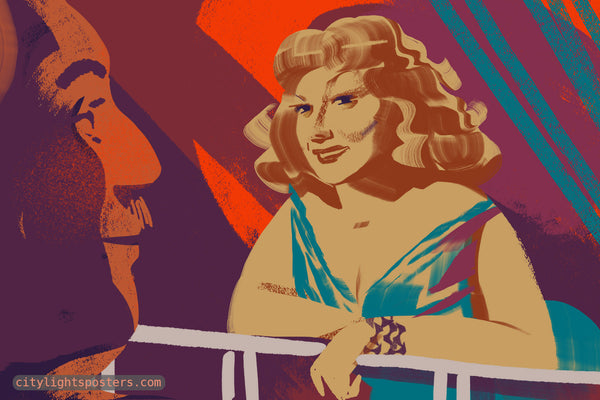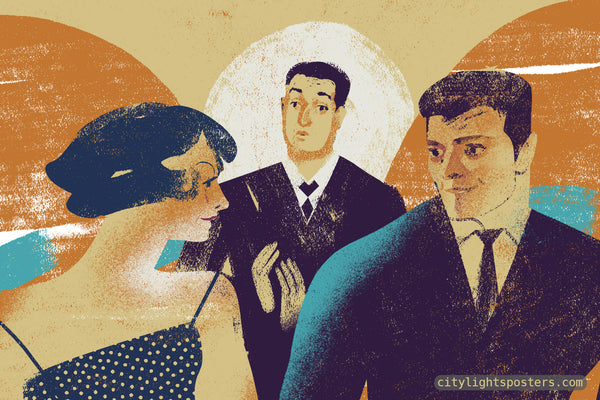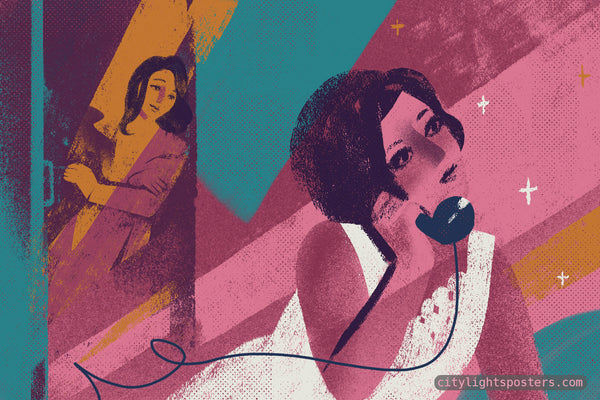Syrian Cinema: Reflecting the Joys and Sorrows of the Arab World




The best friend is typically a secondary character that does not have an arc throughout the story, he simply emphasizes the ideal values of friendship to create a contrast with an otherwise collapsing moral system. He is able to rise above woes and sorrows, including the torments of love. He’s the one to let the light in, when the protagonist finds himself in a dark tunnel.

“A young, beautiful girl sets her eyes on a handsome young man. Some challenge stands in the way of their union. The film concludes with a resolution of the problem that has prevented their happiness, and an important lesson is taught to the young couple, particularly to the girl.”